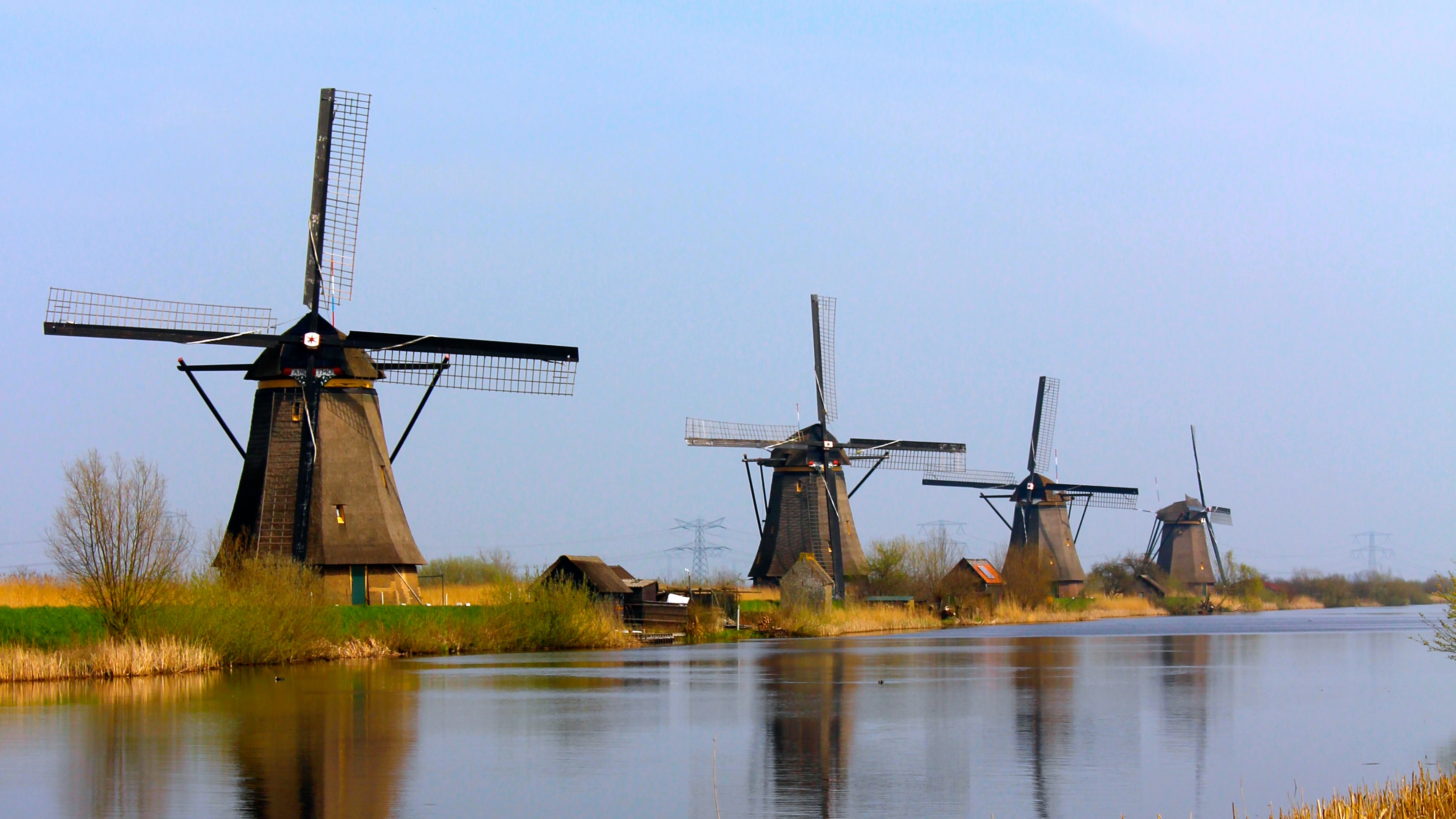Misty Mornings at Kinderdijk
On a chilly November morning, the Kinderdijk windmills emerge from a thick blanket of fog. The air is crisp, and visibility is limited to just a few meters. This is the perfect time to capture the ethereal beauty of these historic structures. The fog diffuses the early morning light, creating a soft, muted palette that enhances the windmills' silhouettes.
Hoarfrost's Delicate Touch

As temperatures drop overnight, hoarfrost forms on the blades of the windmills and the surrounding reeds. This delicate frost creates intricate patterns that glisten in the first light of dawn. Photographers often find that the best time to capture these details is just after sunrise, when the frost is still fresh and the light is gentle.

Choosing the Right Equipment
A tripod is essential for stability in low-light conditions. A wide-angle lens can capture the full expanse of the scene, while a macro lens is perfect for close-ups of frost patterns. Filters, such as a polarizer, can help manage reflections and enhance contrast in foggy conditions.

Timing and Weather Considerations
Fog and hoarfrost are most common in late autumn and early winter. Checking the weather forecast for cold, clear nights followed by calm mornings increases the chances of encountering these conditions. Arriving before dawn allows photographers to set up and be ready as the light changes.
Composition Tips
Positioning the windmills against the rising sun can create dramatic backlighting, highlighting the fog and frost. Including elements like frozen canals or frosted vegetation in the foreground adds depth to the composition. Experimenting with different angles and perspectives can reveal unique aspects of the scene.










